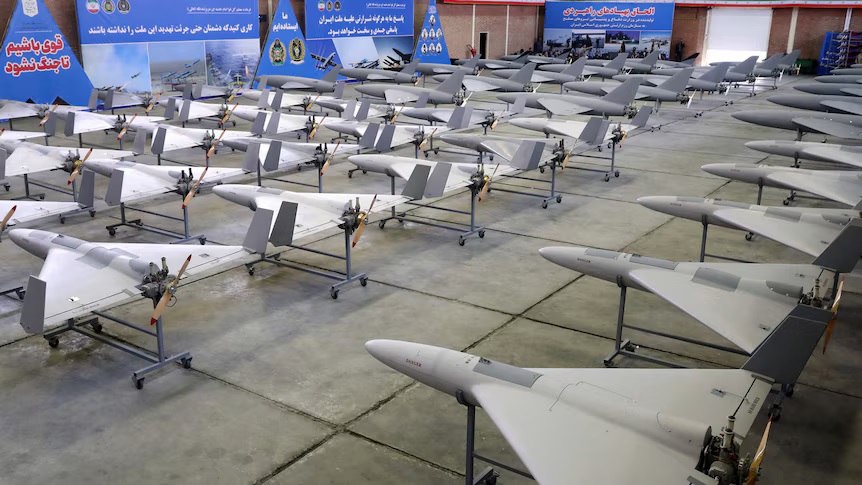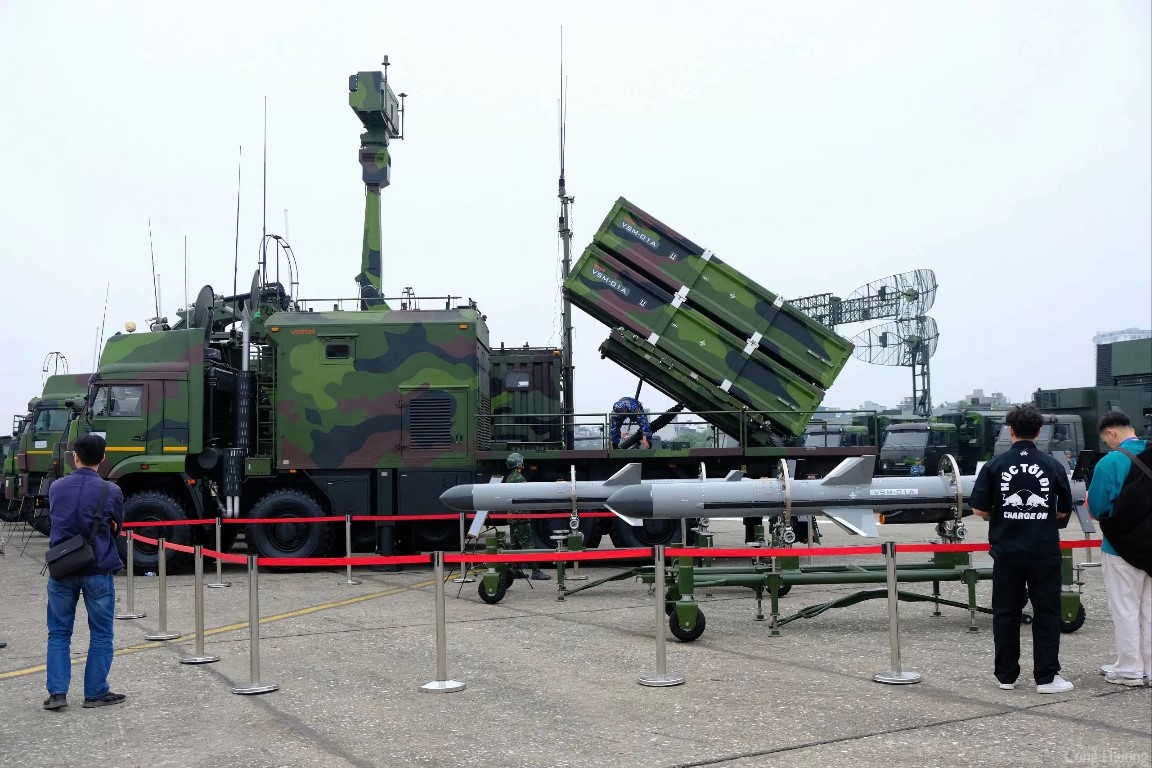Amazon Project Kuiper Prototypes Successfully Test Inter-Satellite Optical Links

Space News -
Amazon has accomplished a successful trial of inter-satellite
connectivity between its two Project Kuiper prototypes in low Earth
orbit (LEO), marking a significant step as it gears up to establish a
comprehensive mesh broadband network in space next year.
The
tests, conducted between KuiperSat-1 and KuiperSat-2, utilized onboard
optical communication payloads, maintaining a robust two-way link of 100
gigabits per second (Gbps) for approximately an hour each time,
according to Rajeev Badyal, the Vice President of Project Kuiper.
Even
though the satellites were nearly 1,000 kilometers apart during the
experiments, the technology design allows for effective operation across
distances of up to 2,600 kilometers. Amazon ambitious plans involve
deploying over 3,200 satellites, and Badyal envisions them being
positioned much closer than 1,000 kilometers as the constellation
expands.
The testing phase, initiated in early November shortly
after the satellites orbital launch a month prior, has proven
successful. This accomplishment now empowers Amazon to incorporate laser
links into operational satellites that are set to enter production "any
day now."
Amazon in-house construction of each satellite
includes multiple optical terminals, facilitating simultaneous
communication with an unspecified number of satellites. Badyal
highlighted the potential benefits of data transmission across Project
Kuiper satellites, noting a 30% increase in speed compared to fiber
optic cables on the ground, as light travels faster through space than
through glass.
The accelerated data transfer capabilities hold
particular significance for industries like financial services, where
split-second stock trades are commonplace. Furthermore, the ability for
data to seamlessly traverse from one satellite to another on its route
to a ground station is crucial for sectors such as maritime, aviation,
and others situated beyond the reach of terrestrial gateways.
Amazon
move into optical inter-satellite links mirrors SpaceXs efforts with
its Starlink LEO broadband constellation, which began integrating such
links in early 2021 to avoid the need for ground stations over the poles
to achieve global coverage.
Beyond speed and efficiency, a mesh
network in space significantly enhances network resilience. The
capability to reroute data and bypass potential satellite failures is a
critical aspect, aligning with the strategies of other proposed
constellations like Telesat Lightspeed.
Badyal expressed pride in
the accomplishments of Project Kuiper, emphasizing that, despite Amazon
relatively recent entry into the satellite design and building arena
five years ago, they have achieved a milestone with inter-satellite link
demonstrations, lasting an impressive 60 minutes and potentially
longer.
Amazon confirmation on November 16 of successful
end-to-end tests for KuiperSat-1 and KuiperSat-2 paved the way for the
commencement of production on commercial satellites employing the same
architecture. The company aims to initiate launches for these commercial
satellites in the first half of 2024, capitalizing on contracts secured
with United Launch Alliance, Arianespace, Blue Origin, and a recent
agreement with SpaceX.


